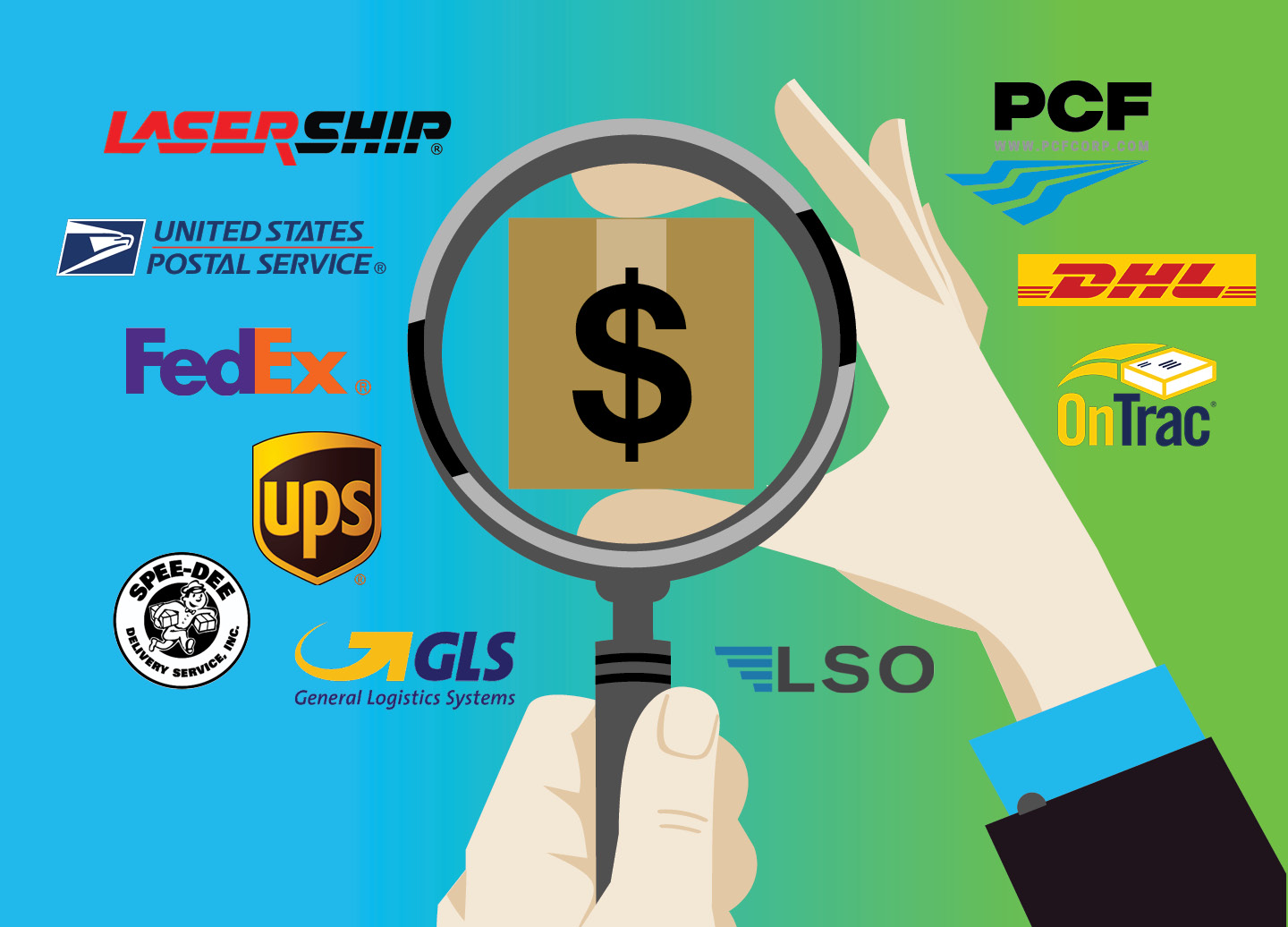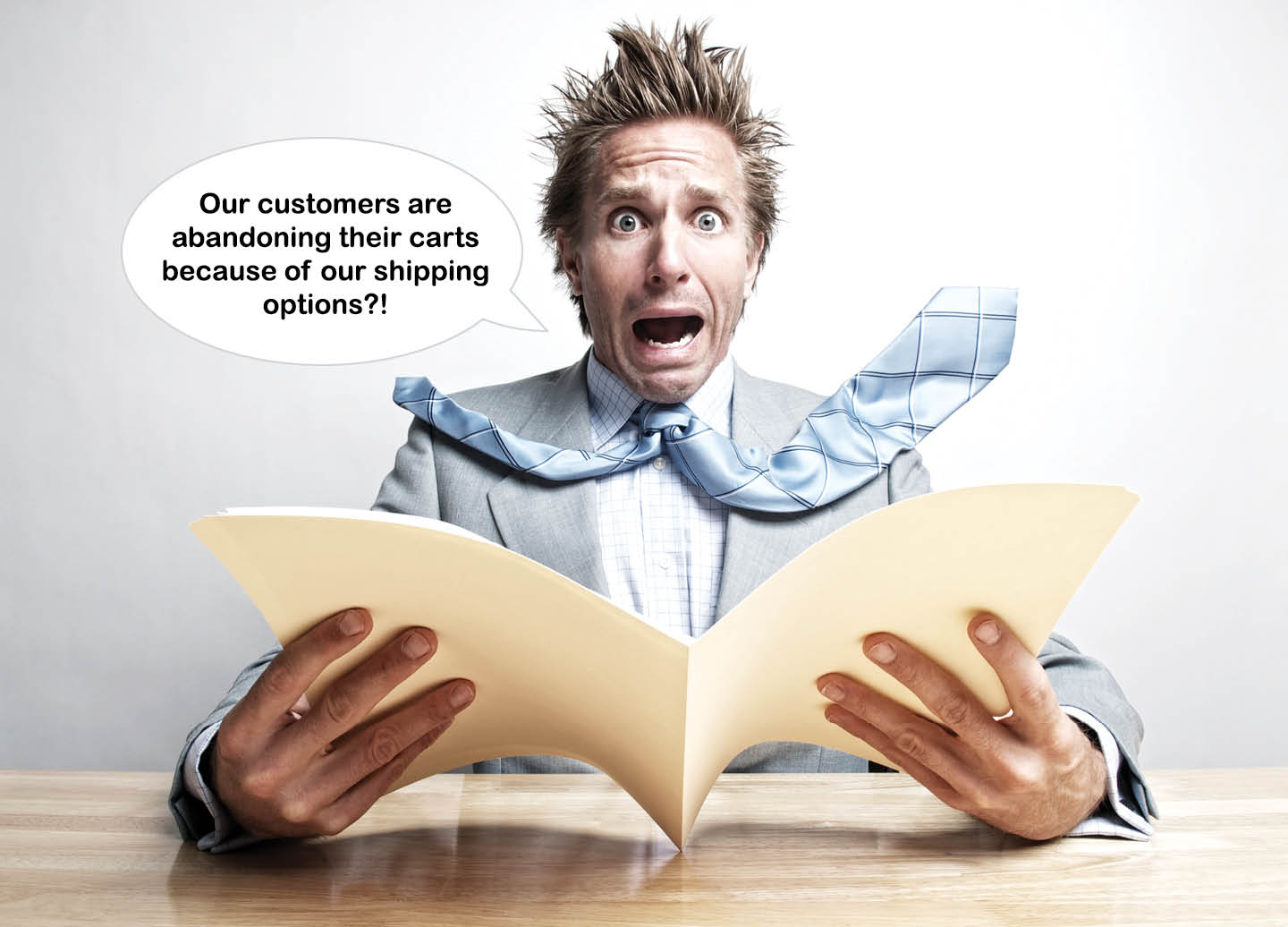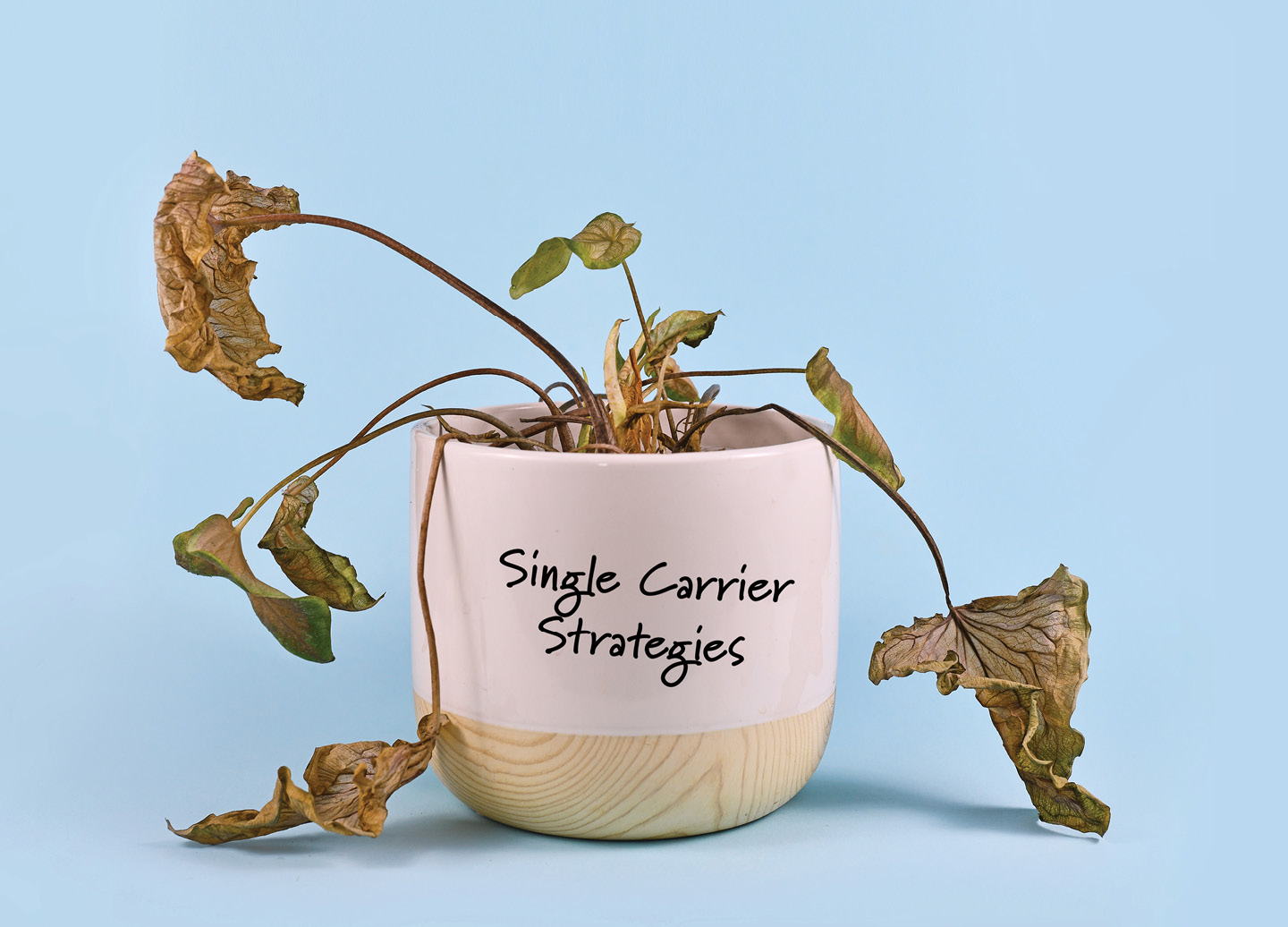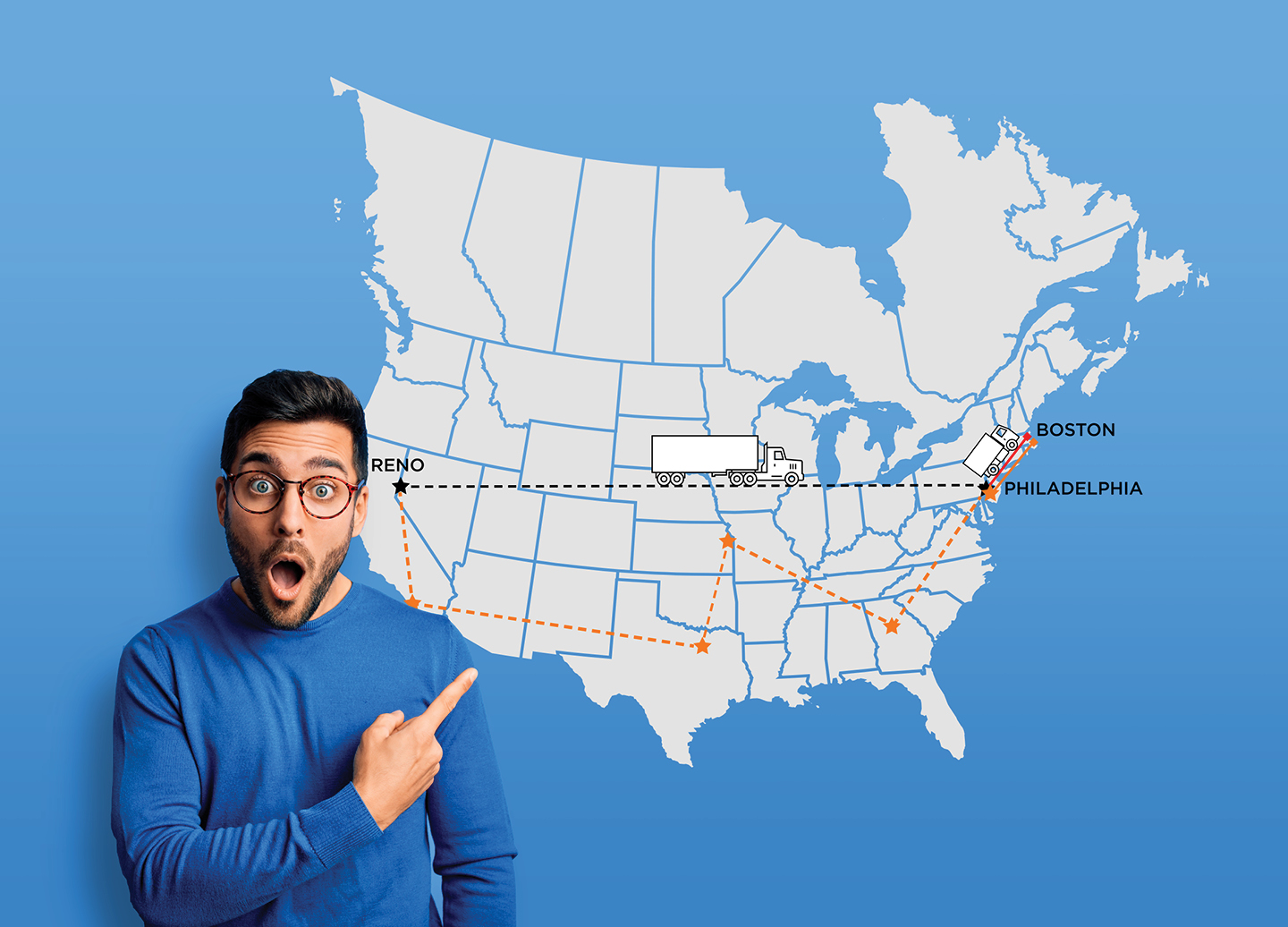Shifts in online shopping behavior and customer delivery expectations place focus on parcel shipping speed
The old maxim, “time is money” definitely holds true in today’s shipping environment, especially if you’re in e-commerce retail, manufacturing, healthcare or third-party logistics.
To explore this, we must take a look at data from recent research. Our last-mile delivery partner LaserShip recently joined up with Hanover Research to survey over 1,000 consumers. They wanted to learn more about shopping behaviors and delivery expectations before, during, and after the pandemic. The report, titled How Retailers Can Stay Ahead of Consumer Expectations After COVID-19 focuses on how retailers can best respond to the opportunities created by the pandemic and position themselves to capture more market and thrive, both in the short and longer terms.
Specifically, the study aims to help retailers better understand:
- How shipping is impacting shopping behavior during the pandemic
- How the pandemic is changing generational shopping behavior
- How retailers can attract and retain customers by meeting delivery expectations
Important Shifts in Online Shopping Behavior
According to Forbes, the pandemic has accelerated the growth in e-commerce by 4-6 years, leaving the industry to wonder how much of this growth is temporary and how much is permanent. The survey revealed some interesting insights to help us answer this question.
Before the pandemic, consumers made 32% of their purchases online. During the pandemic, that number has shot up to 58%. Online merchants and omnichannel retailers with strong digital channels have experienced year-round, holiday-level demand. At the same time, the pandemic has sped up the demise of major department stores and specialty retailers. Approximately 100,000 additional stores are expected to close over the next five years. The e-tailers winning the game are seeing this trend and utilizing their stores as mini fulfillment centers, bringing future shipped product closer to their customers, therefore decreasing shipping costs.
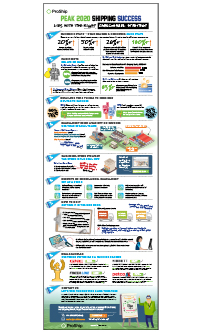
But consumers’ new buying habits are likely to be permanent. 48% of those surveyed plan to continue to shop more online in the future, even once they no longer have to due to the pandemic. And the growth is staggering. As of April, 2020, e-commerce now makes up 27% of overall retail sales, as compared to 16% in 2019. Most of that growth occurred during a single eight-week period!
How Customer Expectations are Changing
Consumer preferences are gaining more urgency during the pandemic.
- Shipping costs are still top of mind. Customers consider free or low-cost shipping options to be their most important buying considerations. For the sixth year in a row, 77% of consumers believe that free shipping is the most important option when shopping online. For 35%, offering next day delivery is key in order for them to purchase more online.
- Customers are less satisfied with their delivery experiences now than they were before the pandemic. Pre-pandemic, 80% of customers were happy with their delivery experiences. Now only 67% are happy. Late deliveries, slow deliveries, few options and high costs all contribute to this dissatisfaction. While customers value on-time deliveries even more during the pandemic when they rely on online shipping, 63% understand shipping delays and consider them acceptable.
- Baby Boomers are adapting. The older generation is learning to trust online retailers more, and Boomers, at 23% of the population, still control about 70% of all disposable income. 47% plan to increase their online shopping even after pandemic restrictions ease.
- All customers want faster shipping, but Gen Z and Millennials in particular are willing to pay for it. Younger generations grew up with digital technology and take speed and convenience for granted. Nearly 40% would shop at a new retailer if they offered next-day delivery for an additional cost. This trend will only continue as their purchasing power and desire for instant gratification grows.
And offering more shipping options positively affects your ability to acquire new customers. Here’s what the study found.
How Shipping Options Influence Purchasing from New Retailers
Customers are more likely to buy from new companies that offer:
- Free standard shipping — 73%
- Free return shipping — 67%
- The ability to track order status real-time — 63%
- In-store pickup — 42%
- The ability to pick their ideal shipping time — 40%
- Next day, 2-day, or same-day shipping options — 28% each
The bottom line? E-commerce retailers have a real opportunity to capture new market share by offering more shipping options.
Is It Time to Shift Your Shipping Mindset
One sobering finding is that while 98% of customers say that shipping impacts their brand loyalty, 84% would hesitate to purchase from a retailer again after just one poor shipping experience. In light of all these changes, it may be time for organizations to revisit their assumptions about shipping. Instead of viewing free shipping as a cost driver, realize that it is a value creator that is part of your customer acquisition strategy.
In addition, as customer acquisition costs rise, online merchants can also focus on reducing cart abandonment. 18% of shoppers abandoned carts because of high shipping costs, cumbersome account creation, complex checkout processes and slow delivery.
Your organization can use shipping to encourage loyalty program participation as well. 63% of customers say that offering faster delivery would tilt the balance in favor of them signing up.
How to Attract New Customers with More Shipping Options
The study offers three main recommendations to e-commerce retailers hoping to grow their markets:
- Offer free shipping and returns. These are the two most important criteria for all ages. Remember, free shipping is no longer an operational cost, but a cost of customer acquisition.
- Build loyalty and lifetime value with expedited delivery options. In 2020, 76% of consumers say fast shipping is a top characteristic of a positive online shopping experience, up 14% from 2019. Speed will continue to drive purchasing decisions as younger generations make up a larger share of the market and increase their spending power.
- Diversify your carrier mix to improve delivery experience. Delays and slow deliveries are customers’ top pet peeves. You can mitigate both by adding regional carriers to provide next day service and faster delivery times. A single-source delivery provider is no longer good enough. Retailers are seeing better on-time performance from regional carriers than from national carriers during the pandemic, because regional carriers have experienced less disruption to their supply chains.
Differentiate Your Business on Shipping
Customers want and expect fast delivery. When you miss your delivery promises, you also risk losing those customers’ future business to competitors who offer better delivery options, more shipping choices, and greater flexibility.
That’s why we say that your ability to ship quickly is an important indication of the overall health of your business. It directly reflects your organization’s overall efficiency, quality and productivity.
There’s still a significant gap between what customers expect and what retailers are offering when it comes to shipping. Can you afford to ignore the opportunity to offer faster, more reliable shipping options and to improve delivery experience in order to acquire new customers and build stronger brand loyalty?
How ProShip Can Help
ProShip multi-carrier shipping software makes complex parcel shipping challenges simple and cost-effective. We help you ship at lightning speeds, stay carrier compliant and build stronger-than-ever customer revenue streams.
By integrating with your existing WMS, OMS and ERP system and utilizing advanced rate shopping functionality, ProShip can help you choose the best shipping option with the lowest cost from any location (distribution center, store etc.) in order to exceed your customers’ ever-demanding delivery expectations. Contact us to start the conversation.
Read LaserShip’s full report, with all the insights for your business, here.

 Back to Blog
Back to Blog
